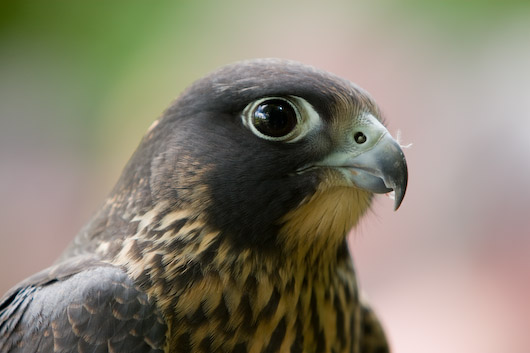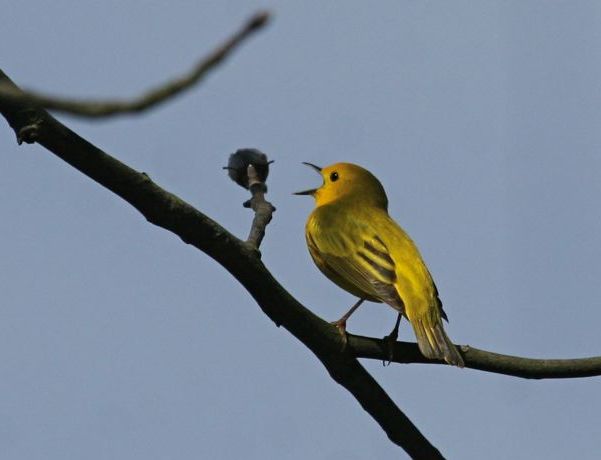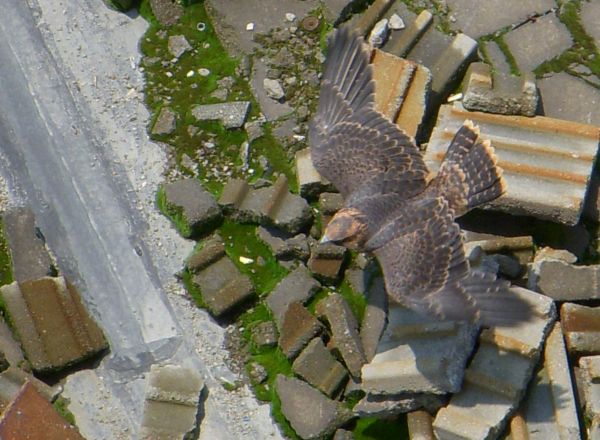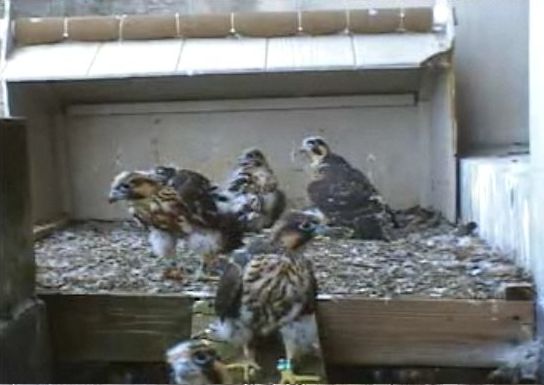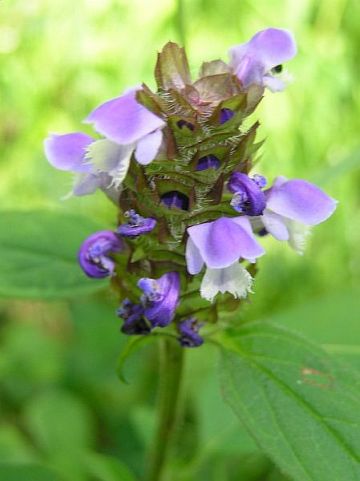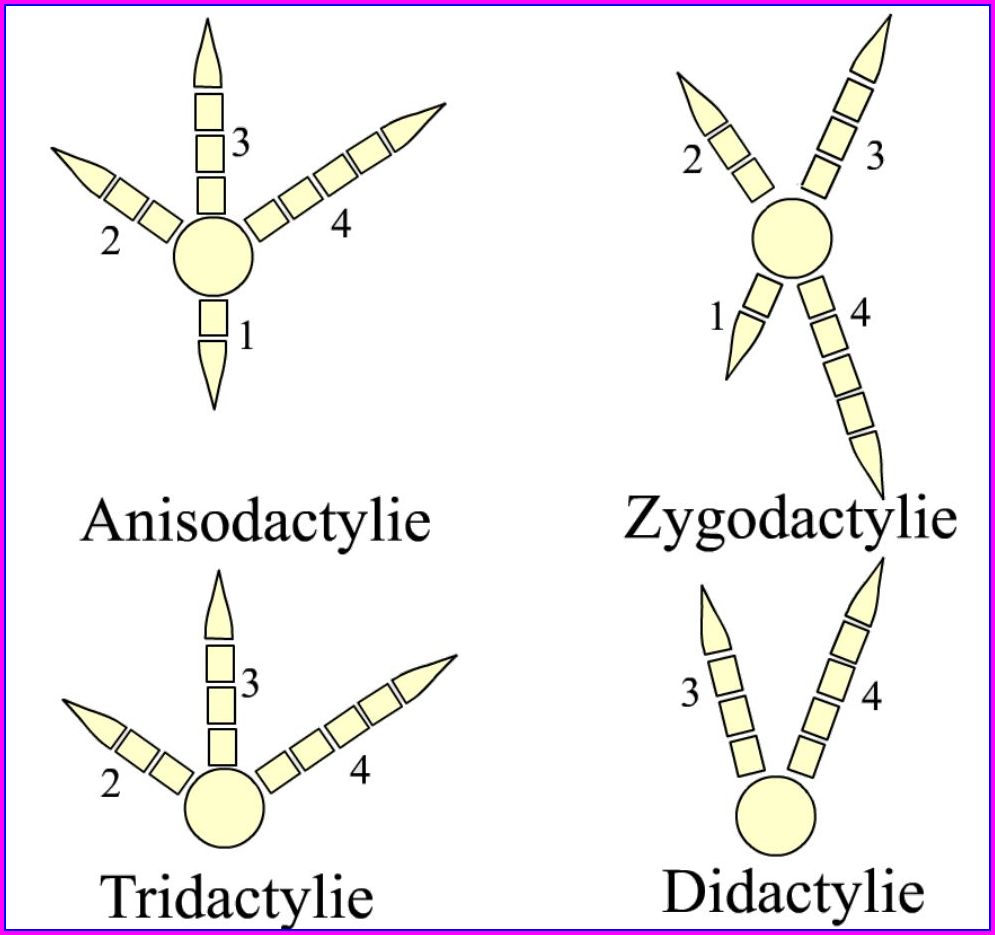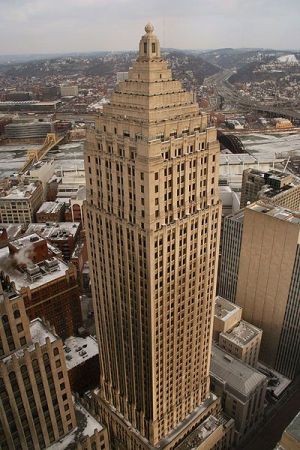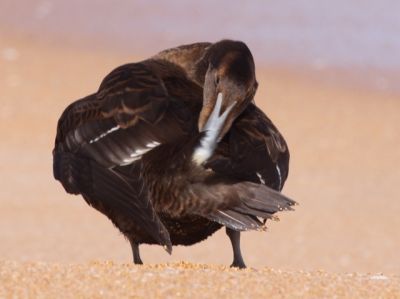 If you watch birds preening you’ll often see them twist their necks over their backs, touch the tops of their tails with their bills, and groom their feathers.
If you watch birds preening you’ll often see them twist their necks over their backs, touch the tops of their tails with their bills, and groom their feathers.
The spot they’re touching is the uropygial or preen gland. It has nipple-like pores that secrete preen oil to keep their feathers supple and suppress parasites.
Preen oil also provides some waterproofing. Perhaps that’s why this gland is best developed in petrels, pelicans and ospreys.
Preening is vital for birds’ survival. Besides removing feather and skin parasites and spreading preen oil, birds do it to peel the scales off pin feathers and comb the feather barbules back into place. Feathers must be in their original shape with all the barbules interlocking in order to fly well and stay waterproof. Preen oil probably holds the feathers in their combed position just as our oily hair products keep our hair in place.
Not all birds have preen glands — ostriches and emus don’t — but waterfowl do. In this photo a female common eider is pointing her long white bill directly at her preen gland. You’ll see this often if you watch ducks.
You’ll also see it if you watch peregrines because they must keep their feathers in tip top shape for precision flight.
Does preening waterproof them? When my friend Karen sees the Pitt peregrines touch their preen glands she says, “It’s going to rain.”
(photo by Chuck Tague)
